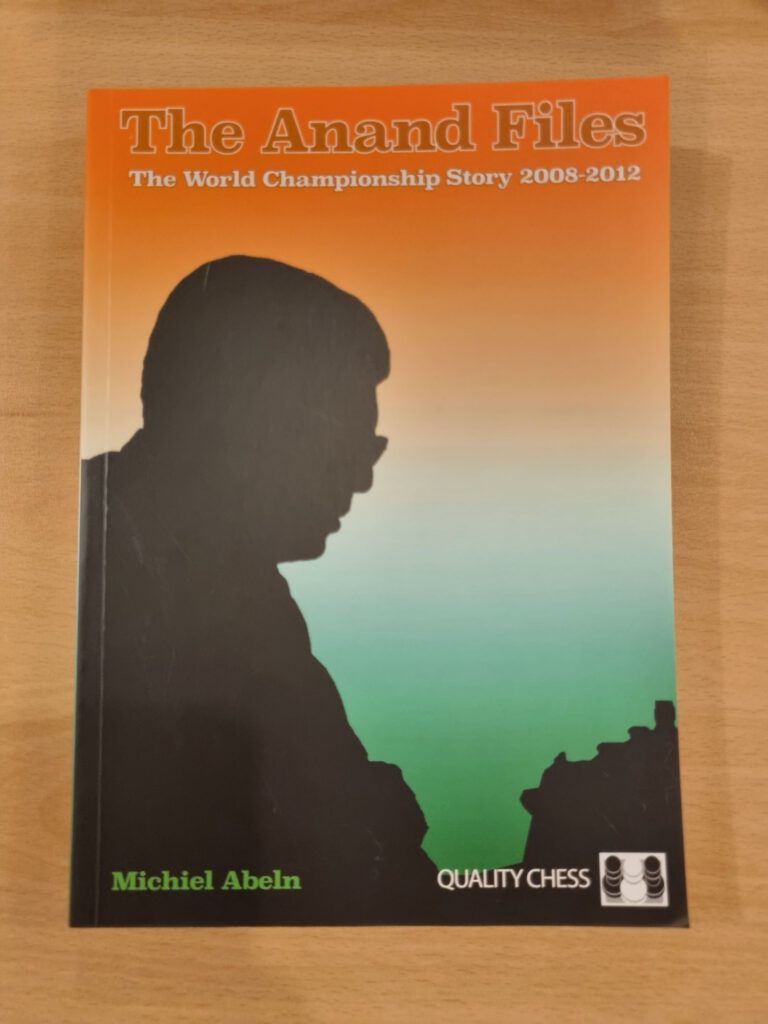This will be the first chess article written in english on this website. Since the book I’d like to talk about is only available in that language, potential readers need to be familiar with the language anyway, so I thought why not write the review in english as well. The english language level you need to have in order to understand the book is not sky-high. You can enjoy it with a decent school english background (and some knowledge about specific chess terms). On the other hand, the chess level of the reader needs to be a little above average, but I think this is unavoidable if you write a book about several world championships going into details about preparation and the actual games. If I wanted to follow a game analysis thoroughly, it wasn’t sufficient for me to just rely on the diagrams printed in the book. Sometimes the lines were so long that I wasn’t able to imagine the position in my head, that I needed an additional board to fully understand it. But I must admit that I was too lazy for that sometimes, so I skipped studying the analysis of a few lines or even games. However, I don’t think that I missed much since the book is not about improving your own chess. For an intermediate amateur level (like mine), the positions played are way too specific to help you in your own games. The author Michiel Abeln is a strong player himself and you totally get his love for the sport while reading his pages. He wants to tell you the story about the three championship matches Anand won, and he does it in an entertaining way.
The book is structured according to the timeline of the events covered. So it starts with a short description about Anands heritage and career, focuses on the three matches (against Kramnik, Topalov and Gelfand) and ends rather abruptly without giving any hints what happened next (Heine and Kasimjanow leaving the team and loosing against Carlsen in 2013). While analyzing every game in great detail, the more interesting part of the book for me was the view behind the curtain. You get an insight on things that normally happen behind closed doors. When Michiel Abeln writes about the preparation efforts for every game, trying to anticipate (or just guess) what your opponent will do and finding an unexpected response causing difficulties for him or when the the hard work prior to the actual event preparing a specific repertoire and working together as a team on that for months, the book was particularly exciting for me. It tells the reader the thorough processes leading towards the match in great detail. You get the impression that nothing is spared, sometimes even events that do not show the players or seconds in a very shining way are in the book. At times, it almost reads like a thriller story, although it is actually just about chess. I always had a distinct feeling of closeness to the story and the characters, which I liked very much. Also the dynamics Abeln describes within the team were very interesting. He talked to every member and merged their individual stories in a comprehensive narrative. Is this the definite story, covering everything relevant? It never is, but surely the author tried very hard to achieve that and I think it is as close to it as you can get.
So if you are interested in peeking behind the curtain of a world championship match in chess, this is definitely the book to read! We have it in our club library ready to borrow for every club member. Please do so and Enjoy!

